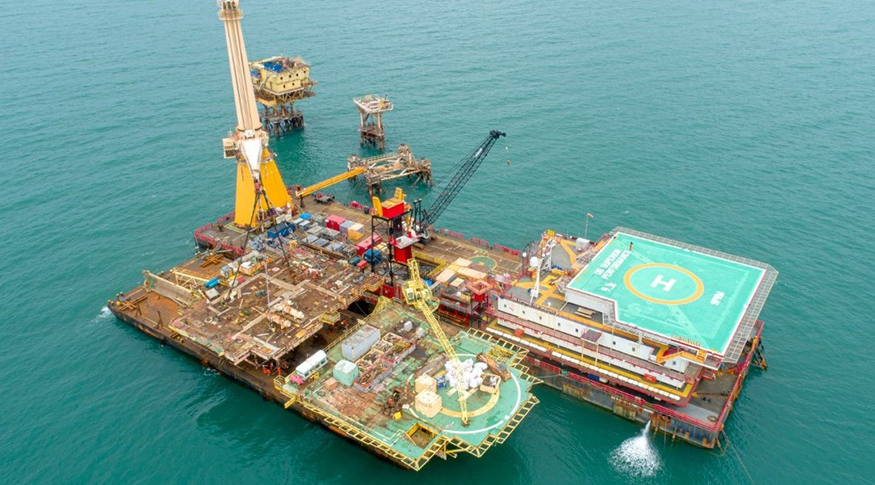Producer Price Index
After rising for three months, industrial prices change -0.43% in November
January 04, 2024 09h00 AM | Last Updated: January 04, 2024 03h51 PM

After three consecutive months of positive figures, the industrial prices changed -0.43% in November in relation to October. The Producer Price Index (IPP) accumulates -6.09% over the last 12 months. The cumulative index from December last year to November hit -4.89%, the lowest cumulative rate in the year for November since the beginning of the time series in 2014.
In November 2023, 13 out of 24 industrial activities surveyed registered negative changes in their prices compared with the previous month. In October 2023, 14 activities recorded positive changes in their prices in relation to the previous month.
“The behavior of the second semester has been different from the first months of the year, when the predominance of the deflationary bias was clearer. Even so, the average practiced in November at the factory gate remains lower than the 2022 level,” states Felipe Câmara, an analyst of the IPP.
The activities with the highest changes between October and November were mining and quarrying industries (-7.09%), other transportation equipment (-2.11%), wood (-1.77%) and tobacco (-1.73%). Mining and quarrying industries was also the most relevant sector of industry in terms of the aggregate result in the monthly comparison. That activity was responsible for -0.37 percentage points (pp) of influence on the change of -0.43% in the overall industry.
“Two movements were important to explain the month´s result: the current currency appreciation, the second most intense of the real against the dollar in the year, and the drop in the price of the oil barrel in the foreign market. As it has been happening in the last months, the diffuse profile of the inflationary dynamics has prevailed in industry, without clear signals of a consolidated transference along most of the productive chains,” explains Câmara.
For the third month in a row, the food sector registered a positive monthly change in its prices. It was 0.56% in November. Even rising this month, the cumulative index in the year stayed at -3.36%. As happening since April, the cumulative index in 12 months remained low, changing -3.09%.
Between October and November 2023, the prices in the sector of petroleum refining and biofuels increased, on average, 0.83%, being the fourth consecutive month of increases and slightly below the previous rate (0.86%). As a result, the cumulative index in the year stayed at -11.89%, a very different scenario than the last year, since the cumulative rate was 17.48% until November 2022.
After rising for three months, the chemical industry dropped once again. In November, the output was traded 1.36% cheaper at the factory gate than in October. “The chemical (industry) was another activity with a big influence on the aggregated result, which showed lower prices in November. However, the result was not due to petrochemicals, whose information collected in November still kept the effects of a lagged international quotation, which was rising until the beginning of the month. Products consumed in the crops, like fertilizers and herbicides, determined the result of that sector,” stated Câmara.
In November, the change in the prices of basic metals was -1.43% over the previous month, the seventh consecutive drop noticed in this indicator. As a result, the prices of that activity accumulate, on average, a drop of 10.18% in 2023, being the fourth most intense change among 24 activities surveyed in the IPP, as well as the fourth biggest influence on this indicator (-0.63 pp in -4.89%). In the last 12 months, that sector accumulates a reduction of 11.35% in the period, standing out as the fourth change and influence as well.
More about the survey
The IPP aims at measuring the average change of sale prices received by the domestic producers of goods and services, as well as their evolution over time, signaling the short-term inflationary trends in Brazil. It is a key indicator for the macroeconomic follow up and, consequently, a valuable analytical instrument for decision makers, either public or private.
The survey investigates, in a few more than 2,100 enterprises, the prices received by producers, free from tax, tariffs and freight, defined according the most usual commercial practices. Nearly 6 thousand prices are collected monthly. The complete IPP tables are available on Sidra. The next release of the IPP, related to December, will be on February 1st.




















